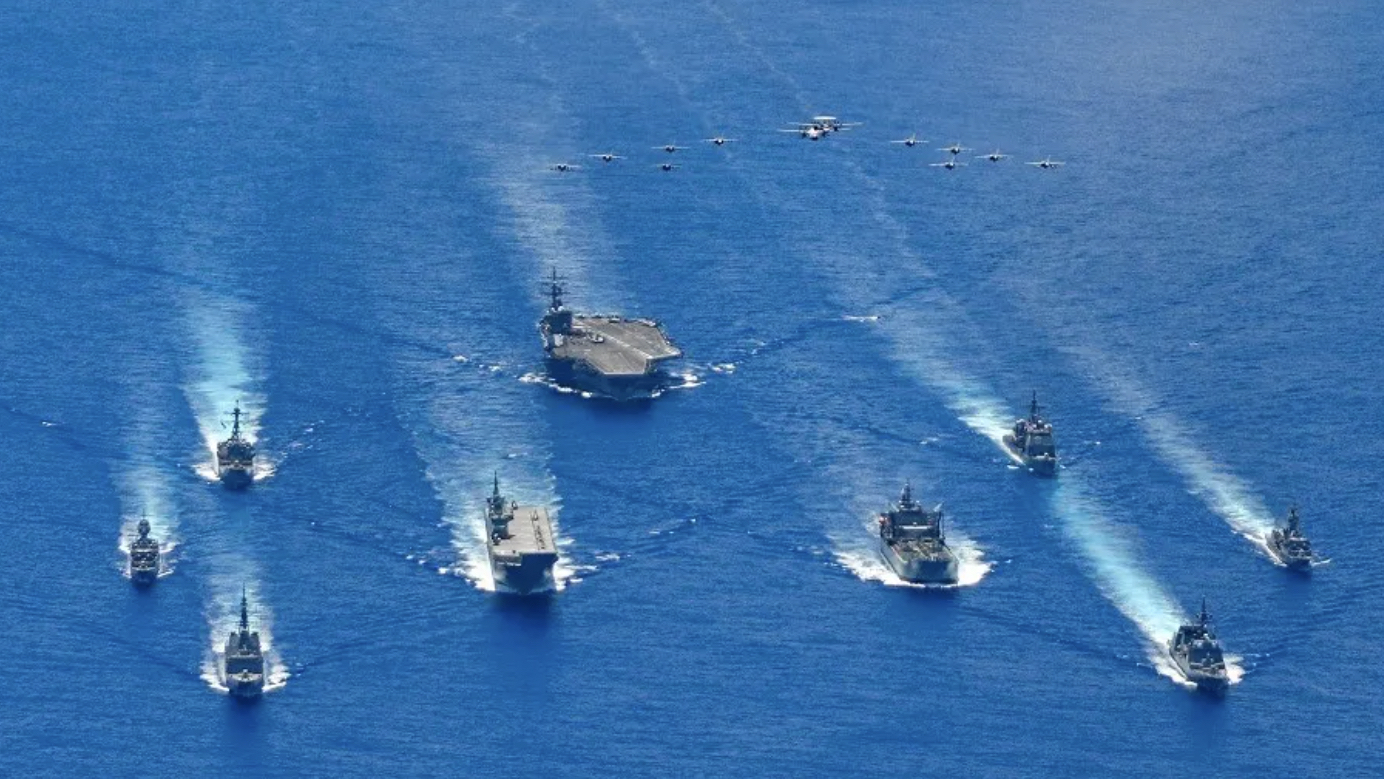The Financial Times reported that US Under Secretary of Defense for Policy Elbridge Colby recently asked Australian and Japanese defense officials how their countries would respond to a war over Taiwan.
He also asked them to boost defense spending after NATO just agreed to do so during its latest summit. Colby lent credence to this report by tweeting that he’s “focused on implementing the President’s America First, common sense agenda of restoring deterrence and achieving peace through strength.”
This sequence shows that Trump 2.0 is serious about “Pivoting (back) to (East) Asia” in order to more robustly contain China. This requires freezing the Ukraine war and assembling a de facto Asian NATO – both of which, however, are uncertain.
Regarding the first, Trump is being drawn into “mission creep,” while the latter is challenged by Australia and Japan’s reluctance to step up. To elaborate, they seemingly expected the US to do all the “heavy lifting”, just like NATO expected till recently as well.
That would explain why they didn’t have a clear answer to Colby’s inquiry about how their countries would respond to a war over Taiwan. Simply put, they likely never planned to do anything at all, thus exposing the shallowness of the de facto Asian NATO that the US has sought to assemble in recent years via the AUKUS+ format.
This refers to the AUKUS trilateral of Australia, the UK and the US alongside what can be described as the honorary members of Japan, the Philippines, South Korea and Taiwan.
Australia and Japan are correspondingly envisaged as this informal bloc’s Southeast and Northeast Asian anchors, yet they’re evidently unwilling to fulfill the military roles that their US senior partner expects.
What the US apparently had in mind was them, at the very least, playing supportive logistical roles in the scenario of a Sino-US war, but their representatives reportedly didn’t suggest as much to Colby. This, in turn, reveals that they fear retaliation from China even if they don’t participate in combat.
Japan’s population and resultant economic density make it extremely vulnerable to Chinese missile strikes while unconventional warfare could be waged against Australia through sabotage and the like.
Moreover, China is both of their top trade partners, which opens up additional avenues for retaliation and coercion. At the same time, however, neither of them wants China to seize control of Taiwan’s chip-making powerhouse TSMC (if it even survives a speculative conflict) and thus seize a monopoly over the global semiconductor industry.
The US doesn’t want that either, but the problem is that the two envisaged anchors of its de facto Asian NATO aren’t willing to boost defense spending nor seemingly assist America in a war over Taiwan.
That’s unacceptable from Trump 2.0’s perspective so tariff and other forms of pressure could be applied to coerce Australia and Japan into at least spending more on their armed forces. The endgame, however, is for them to agree to play some sort of role (whether logistical or ideally combative) in that scenario.
Given that the US won’t relent on its “pivot (back) to (East) Asia”, it will likely coerce concessions from Australia and Japan one way or another. The same applies to the other members of AUKUS+, namely South Korea, the Philippines and Taiwan, albeit with perhaps a slightly lower defense spending from the latter two.
All in all, the US is rounding up allies ahead of a possible war with China but it’s anyone’s guess whether it actually plans to spark a major conflict.
This article was first published on Andrew Korybko’s Substack and is republished with kind permission. Become an Andrew Korybko Newsletter subscriber here.

